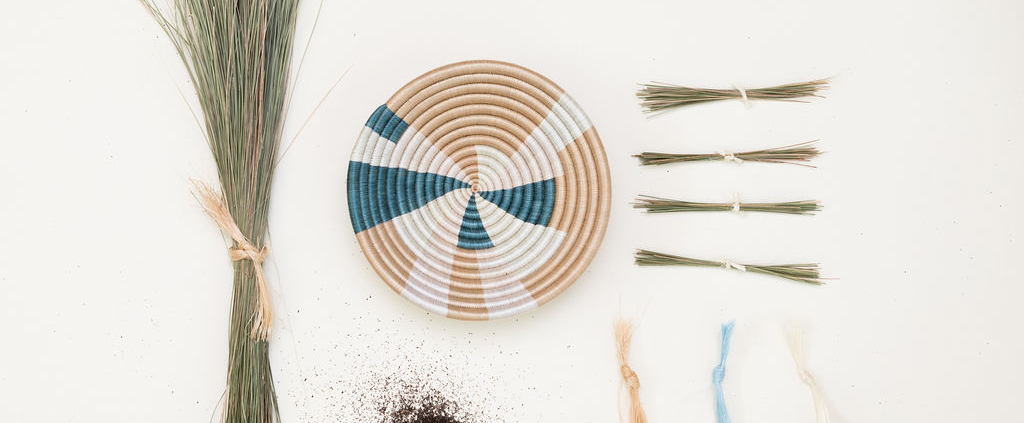Step-by-Step: The Beautiful Art of Bowl-Making

There’s something special about seeing the raw ingredients of our hand-made sisal bowls—you can really appreciate how each element forms the unique beauty of every hand-made bowl.

Hiding in the (Elephant) Grass
STEP 1: Elephant grass is an abundant natural fiber in Rwanda which derives its name from being a favorite food and hiding place for elephants (that’s how tall it can get!) This sturdy grass ends up on the inside of our bowls, making each piece strong enough to hold anything you throw its way. Bonus: the sweetness you’ll smell every time you walk by your bowl!

Take Needle & Sisal (not thread!)
STEP 2: Sisal is an incredibly versatile element in the bowl production process and is used to wrap around the elephant grass and weave the bowl. Sisal fibers come from the agave plant—a machete is used to cut and peel back the outer green skin of the plant, revealing beautiful, thin white fibers.

Dyed to a Tea
STEP 3: The sisal fibers are then either left in their raw state or dyed various shades of brown (light, medium, dark) with tea depending on which color combinations we’re going for.

Weaving a Labor of Love
STEP 4: Local + Lejos Collection bowls are designed with minimal simplicity in mind but then woven using beautiful, delicate techniques by our artisans. It’s why each bowl ends up having its own character, story, and intention—ready for you to chose the perfect bowl from afar to find its perfect home with you.




Leave a Reply
Want to join the discussion?Feel free to contribute!